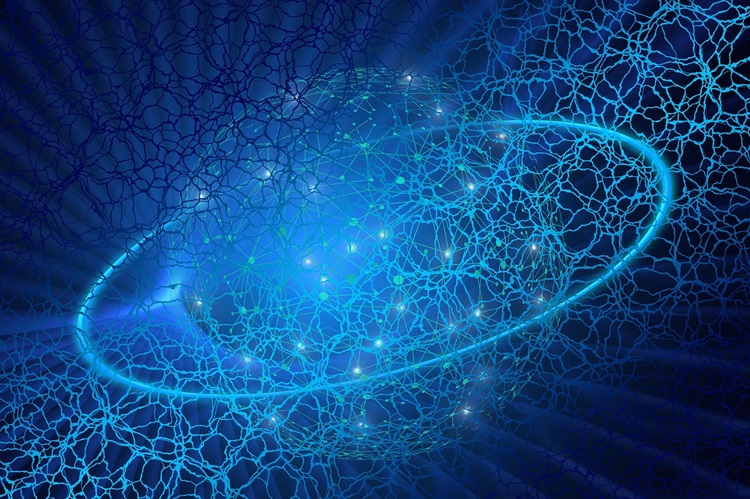as poignant expressions of affection, desire, longing, and heartbreak, resonating across generations and cultures. From the soulful ballads of the past to the vibrant melodies of today, the evolution of love songs reflects not only changes in musical styles but also shifting societal attitudes towards love and relationships.
Evolution of Love Songs
Love songs have been a staple in the music industry for centuries, dating back to ancient cultures where poets and musicians composed odes to romantic love and devotion. However, it was during the 20th century, with the rise of popular music and the advent of recording technology, that love songs truly began to proliferate and capture the public imagination.
The early 20th century witnessed the emergence of jazz standards and crooners like Frank Sinatra and Ella Fitzgerald, whose velvety voices serenaded listeners with tales of love found and lost. These songs often featured lush orchestration and timeless lyrics that spoke to the complexities of human emotion.
As the decades progressed, the genres and styles of love songs diversified. The 1960s brought the romantic folk tunes of artists like Bob Dylan and Joni Mitchell, who infused their music with introspection and social commentary. The 1970s saw the rise of soft rock and soul, with acts such as The Bee Gees and Marvin Gaye crafting soulful melodies that resonated deeply with audiences.
Characteristics of Modern Love Songs
Fast forward to the present day, and modern love songs continue to evolve in response to contemporary tastes and trends. While traditional themes of love, heartache, and longing remain prevalent, today’s love songs often reflect a more nuanced and inclusive view of relationships.
One notable characteristic of modern love songs is their embrace of diversity and representation. Artists are increasingly exploring themes of LGBTQ+ love, interracial relationships, and non-traditional forms of romance. This shift mirrors broader societal changes towards acceptance and inclusion, allowing listeners from all walks of life to find themselves reflected in the music they love.
Musically, modern love songs encompass a wide range of genres and influences. From pop and R&B to indie folk and electronic dance music (EDM), each genre brings its own unique flavor to the theme of love. Artists like Adele, Ed Sheeran, and Taylor Swift have become synonymous with contemporary love songs, crafting anthems that resonate with millions around the globe.
Themes in Modern Love Songs
While the themes explored in modern love songs vary widely, certain motifs and narratives recur across different genres and artists. One prominent theme is the celebration of personal growth and self-discovery within the context of a relationship. Songs like Ed Sheeran’s “Perfect” and Taylor Swift’s “Love Story” capture the joy and fulfillment that comes from finding a soulmate who complements and supports one’s journey.
Another common theme is resilience and perseverance in the face of adversity. Many modern love songs depict relationships that weather challenges and hardships, emerging stronger and more resilient as a result. This theme is evident in ballads such as Adele’s “Someone Like You” and Sam Smith’s “Stay With Me,” which explore the emotional complexities of love and loss.
In addition to romantic love, modern love songs also explore familial love, friendship, and self-love. Artists like Beyoncé and Ariana Grande have released songs that celebrate the bonds of sisterhood and empowerment, resonating with listeners who seek anthems of strength and solidarity.
Impact and Influence
The impact of modern love songs extends beyond mere entertainment; they often serve as cultural touchstones that shape public discourse and attitudes towards love and relationships. By sharing their personal stories and experiences through music, artists contribute to a broader dialogue about intimacy, vulnerability, and emotional connection.
Moreover, modern love songs have the power to evoke nostalgia and nostalgia for listeners, transporting them back to moments of love and heartbreak in their own lives. Whether played at weddings, shared between friends, or streamed on digital platforms, these songs create lasting memories and emotional connections that transcend time and space.
Conclusion
In conclusion, modern love songs continue to serve as powerful expressions of human emotion and connection in today’s music landscape. From their humble beginnings as poetic odes to romance to their current status as cultural icons, love songs have evolved alongside society, reflecting the hopes, dreams, and aspirations of generations past and present.
As we look to the future, one thing remains clear: love songs will continue to evolve and adapt, resonating with listeners in new and unexpected ways. Whether capturing the exhilaration of new love or the bittersweet ache of heartbreak, these songs remind us of the universal language of love that unites us all.
In the words of the legendary songwriter Bob Marley, “One good thing about music, when it hits you, you feel no pain.” Indeed, modern love songs have the power to heal, inspire, and uplift, offering solace and joy to listeners around the world.








